
Construction Starts on Coda @City Works, Openshaw
Construction for Coda @City Works, the final phase of construction at the Openshaw Business Park, has commenced.
Coda includes the development of 75,000 sq ft of industrial and logistics accommodation across four modern, sustainable units, ranging from 7,674 sq. ft to 29,439 sq. ft.
As a part of our role we are providing:
- Building Services Engineering Consultancy
- Utilities Infrastructure Consultancy
- Passive Design Analysis
Each unit includes office space and a service yard. The site will provide 98 car parking spaces and 20 electric vehicle charge points.
Coda@City Works will mark the final phase of expansion at the established City Works Business Park in Openshaw, Manchester, a 173,330 sq. ft multi-let industrial estate developed by Network Space Developments and managed by Network Space Investments, the park supports a diverse mix of trade, light industrial, and logistics occupiers.
This final phase of development emphasises the continued demand for quality industrial space in Manchester.
We are pleased to be working alongside AEW Architects, GWB Consultants, Hydrock, Spawforths and main contractor Bansco on the project.
The Hannan Industrial team have supported clients with the development of over seven million square feet of industrial and logistics space. For a chat about how we can help your future project please get in touch ……..


Tritax Park, Kettering

Weston M6, Crewe
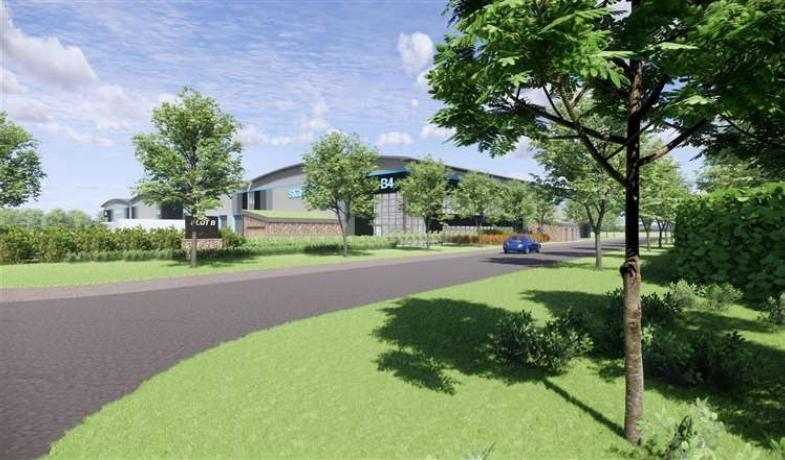







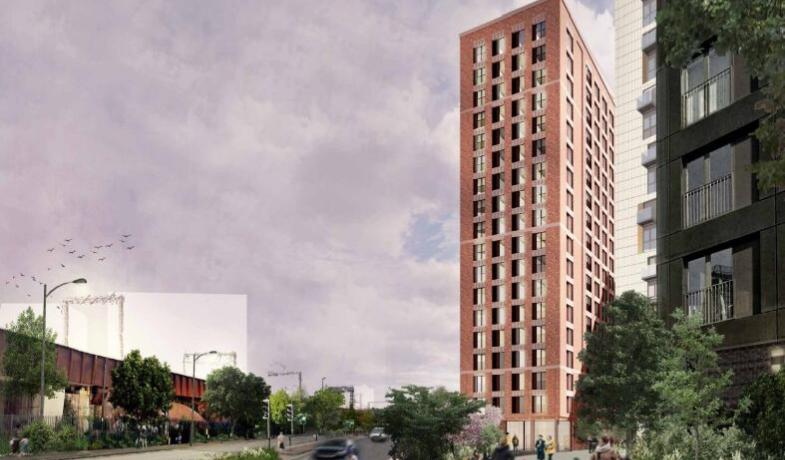

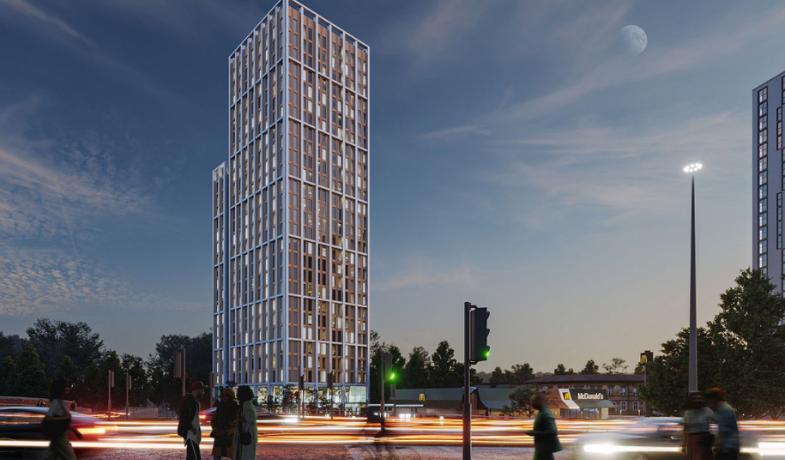
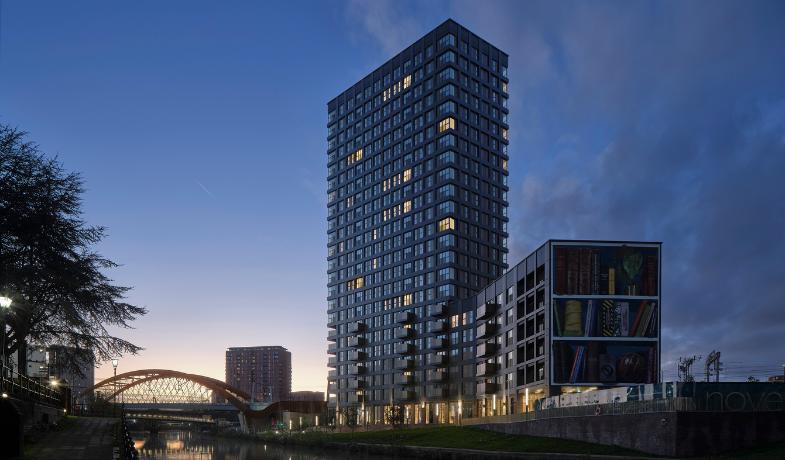



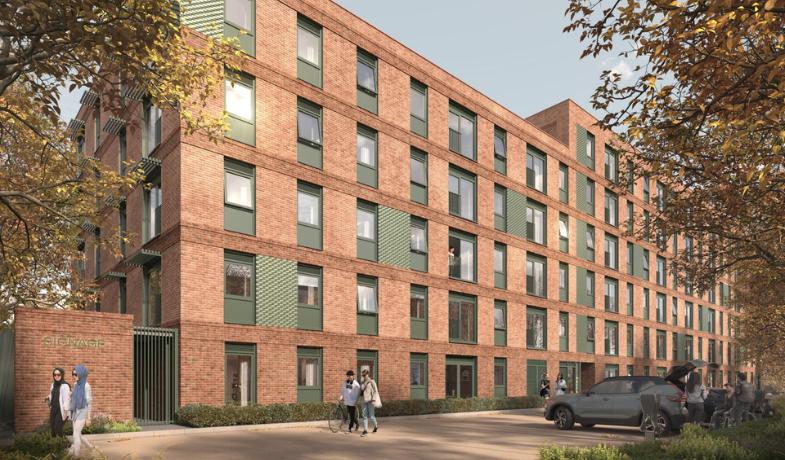

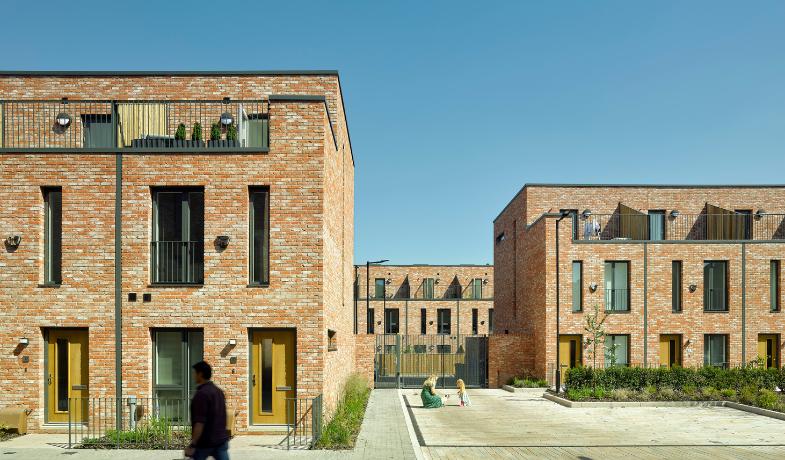
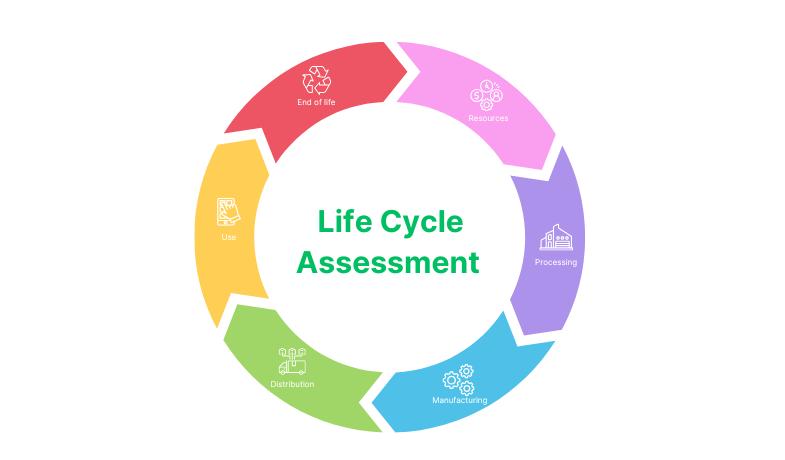
Recent Comments